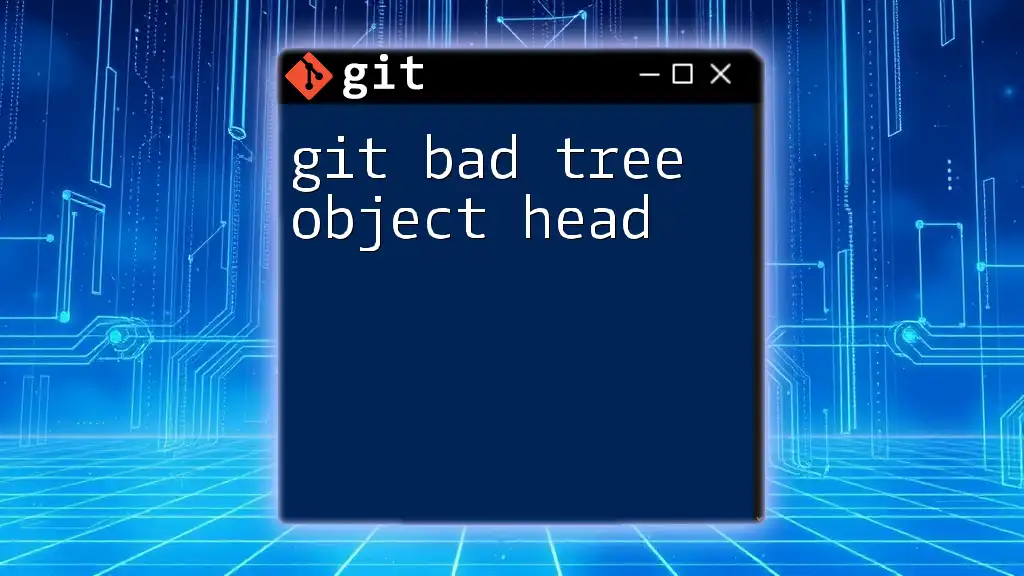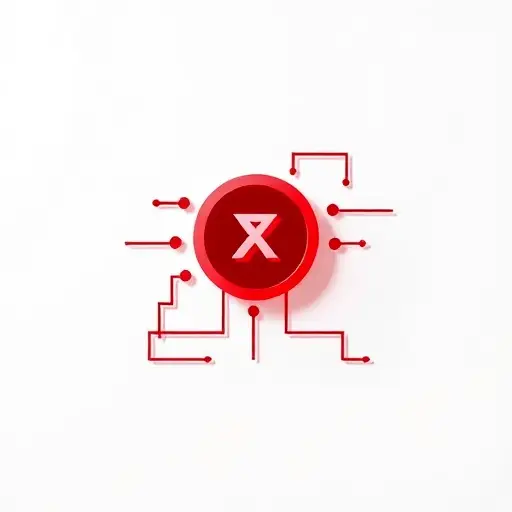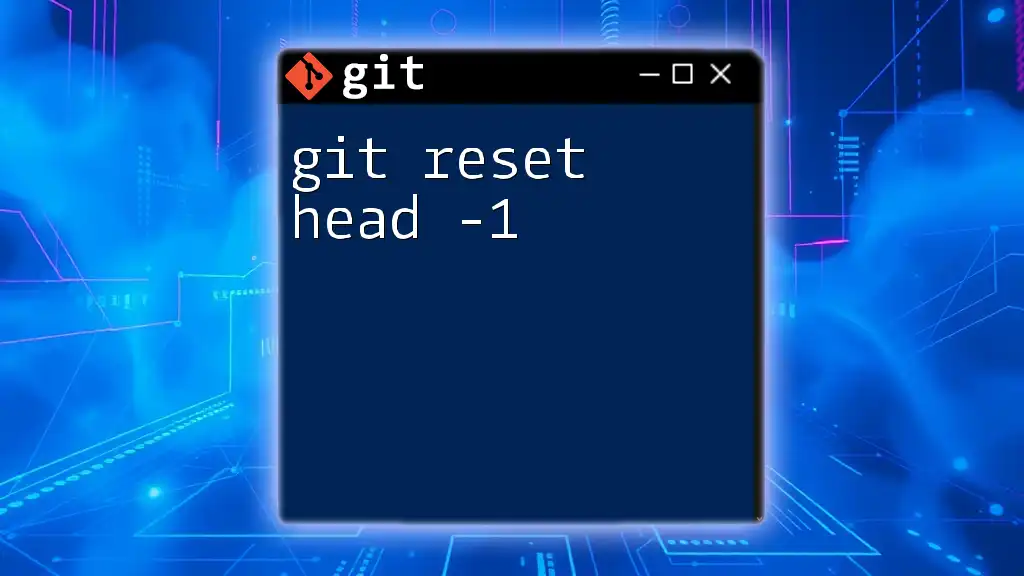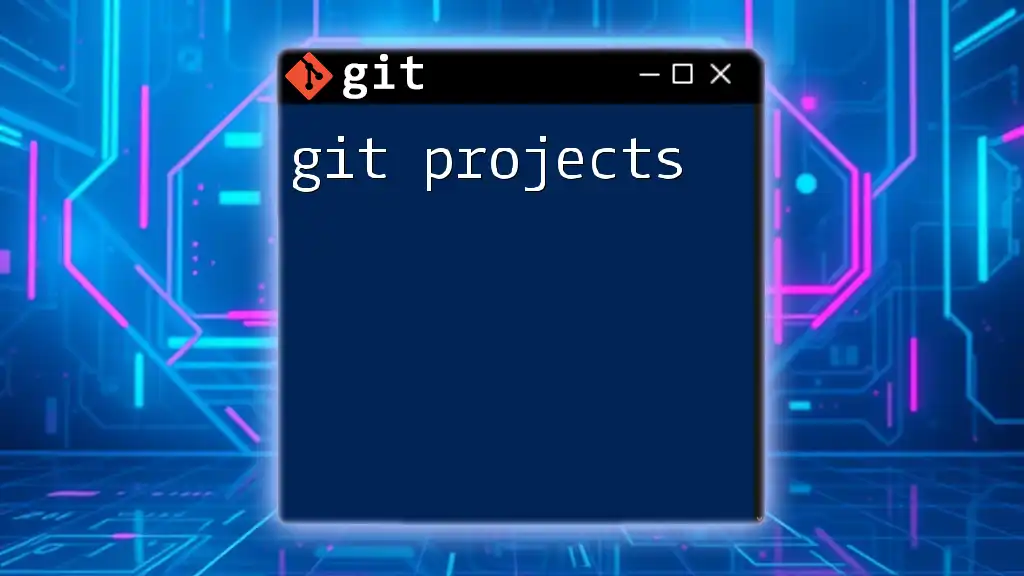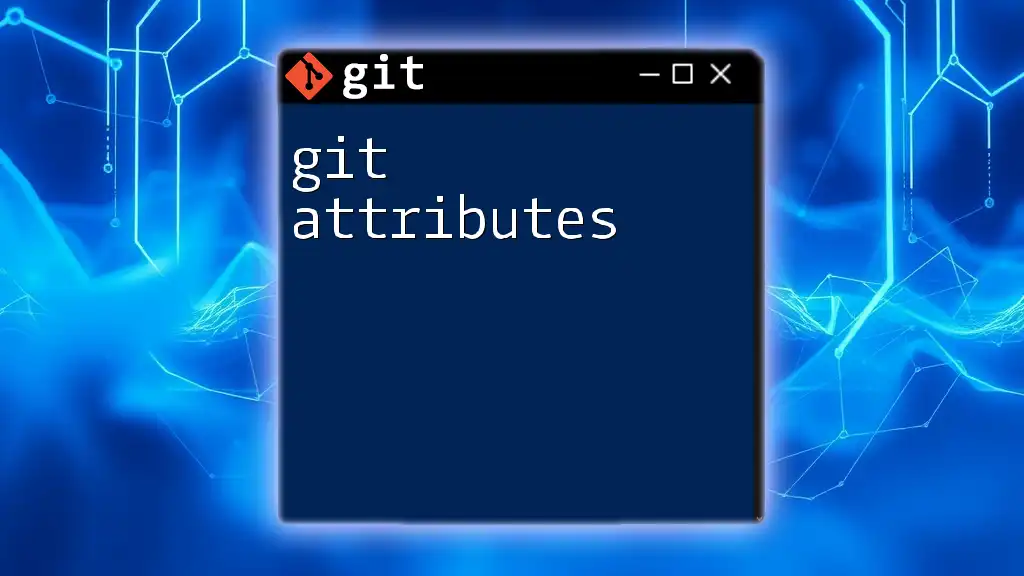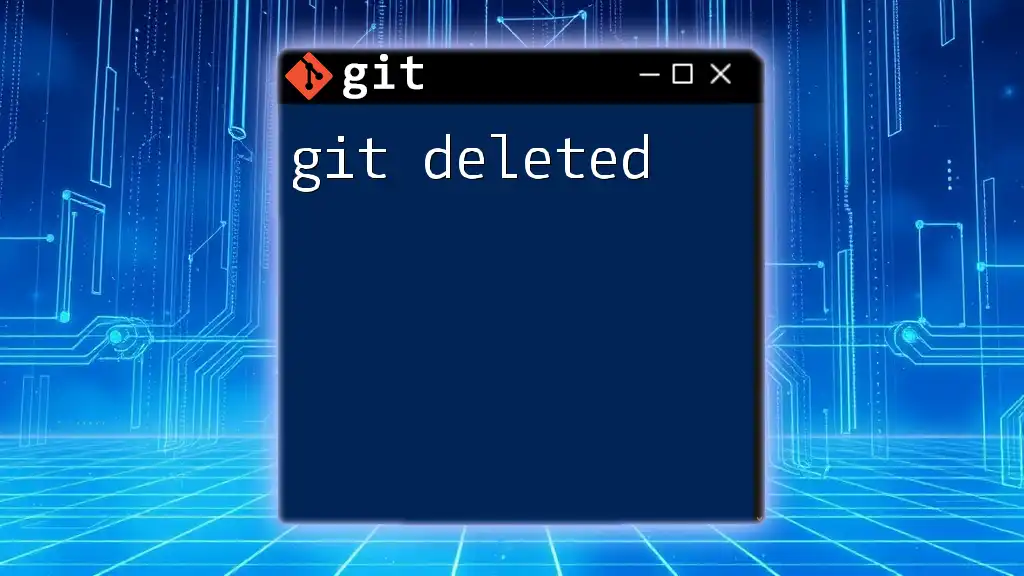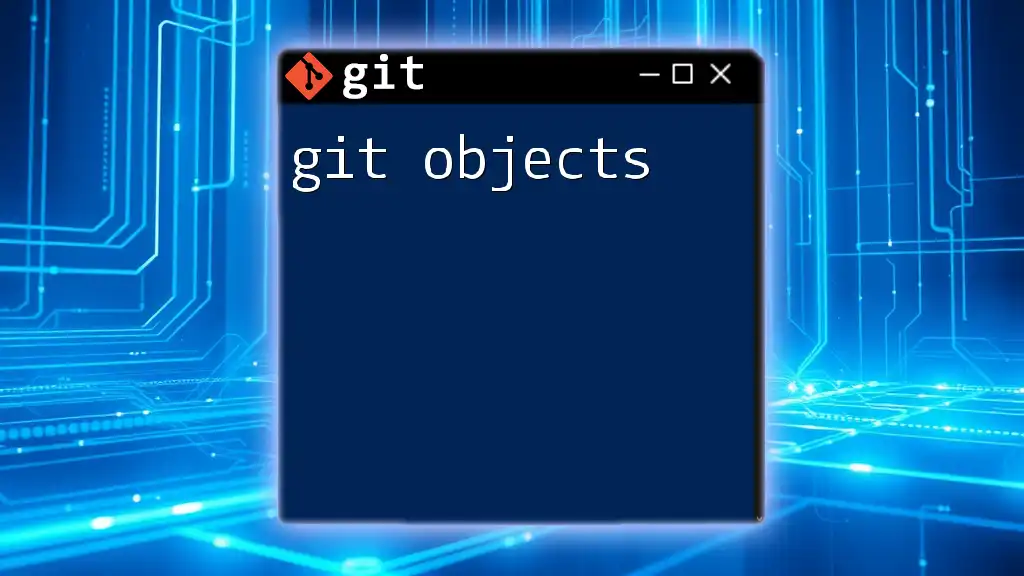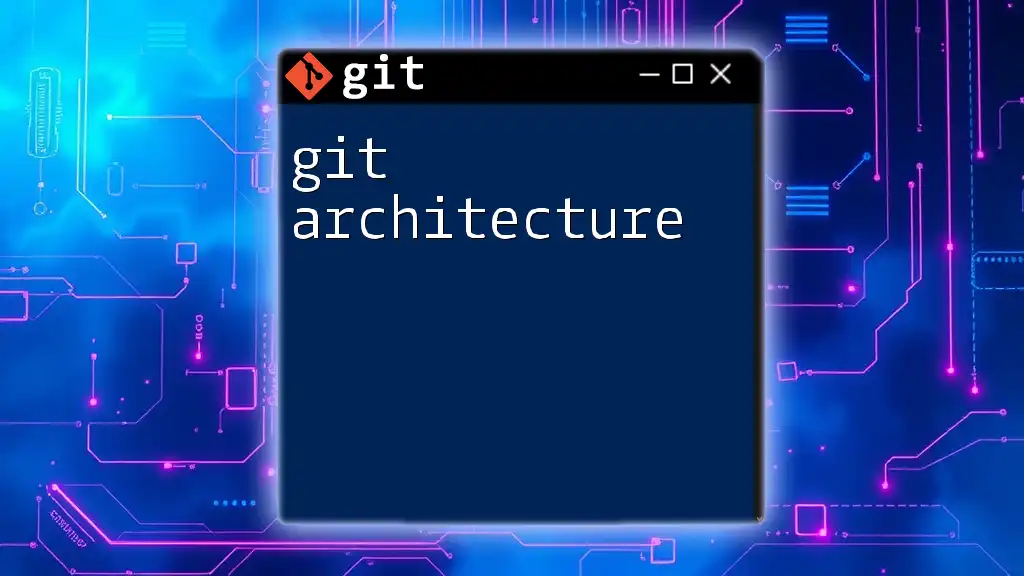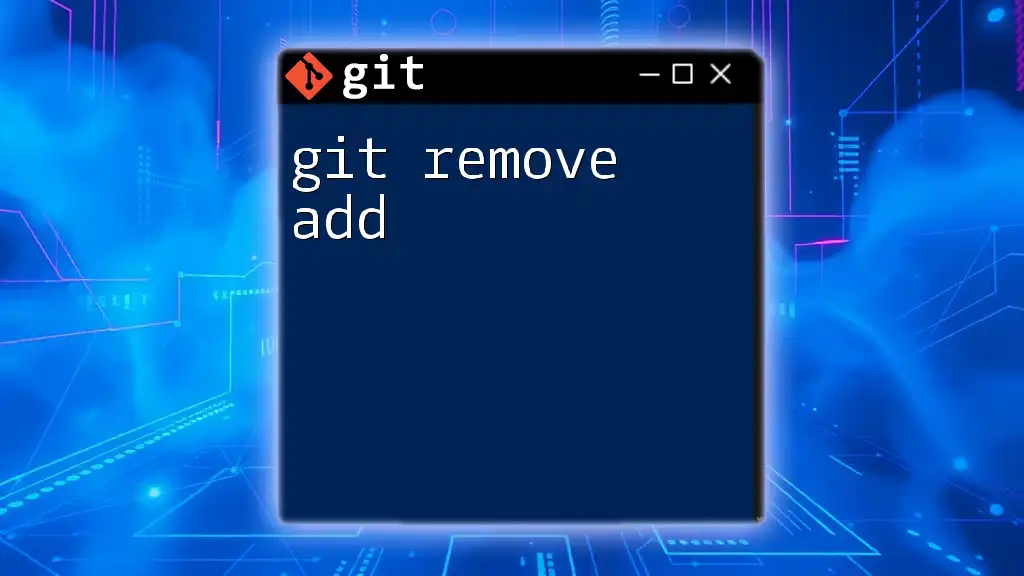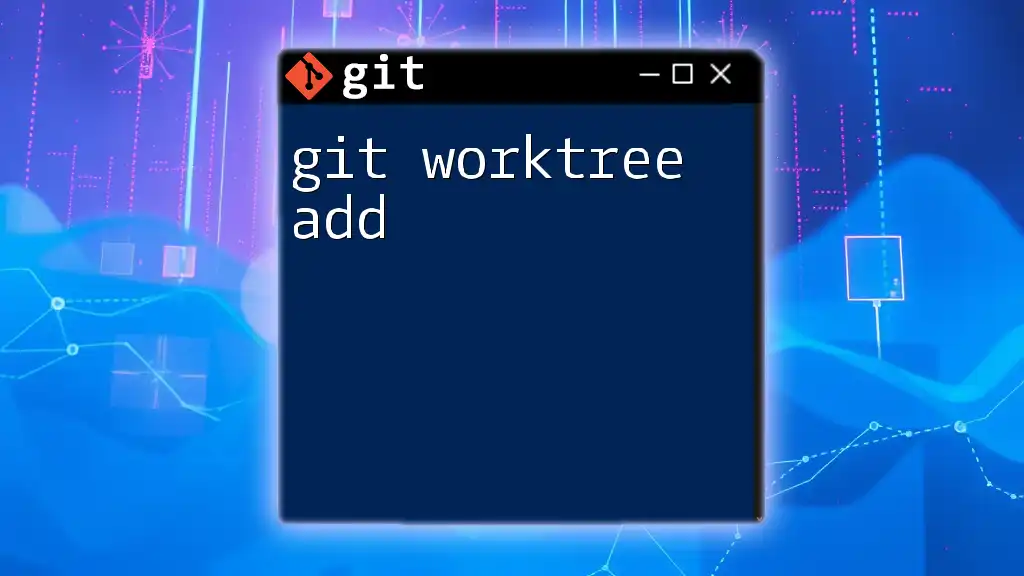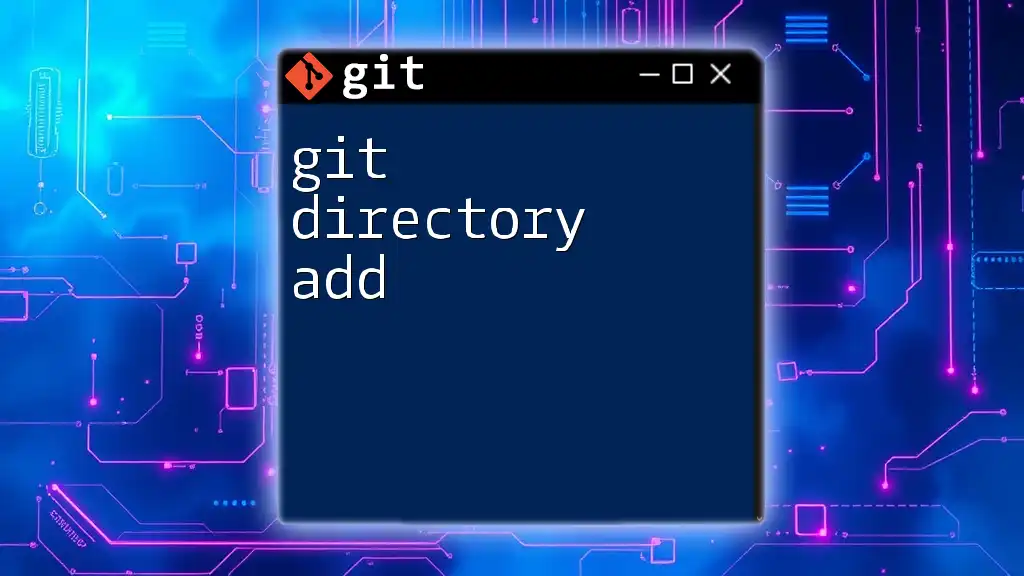The error "git bad tree object HEAD" typically occurs when the HEAD reference is pointing to a non-existent or corrupted commit, indicating issues with the repository's history.
Here's a command to help troubleshoot and check the status of your branches and commits:
git fsck --full
What is a Bad Tree Object in Git?
Definition of Tree Objects
In Git, a tree object represents a directory structure in your project. It holds references to blob objects (which store file contents) and other tree objects (subdirectories). Each commit in a Git repository contains a pointer to a tree object that reflects the state of the repository at that point in time. These tree objects create a hierarchical representation of your project's files, enabling version control.
Understanding the Head Reference
The HEAD is a special reference in Git that indicates the current branch you are working on. It acts as the pointer to the most recent commit in the checked-out branch. When you encounter the git bad tree object head error, it's essential to understand that the HEAD might be pointing to an invalid or corrupted tree object, leading to inconsistencies in your repository.
What Causes 'Bad Tree Object HEAD'?
Several issues can lead to encountering the bad tree object HEAD error. These include:
- Corruption in the Git Repository: This could happen due to hardware failures, abrupt shutdowns, or improper handling of the Git files.
- Misconfigured References: Changes made to the .git directory without proper command usage can corrupt the reference links.
- Improper Merging or Rebasing Processes: If a conflict is not resolved correctly during a merge or rebase, it may leave the repository in an inconsistent state.
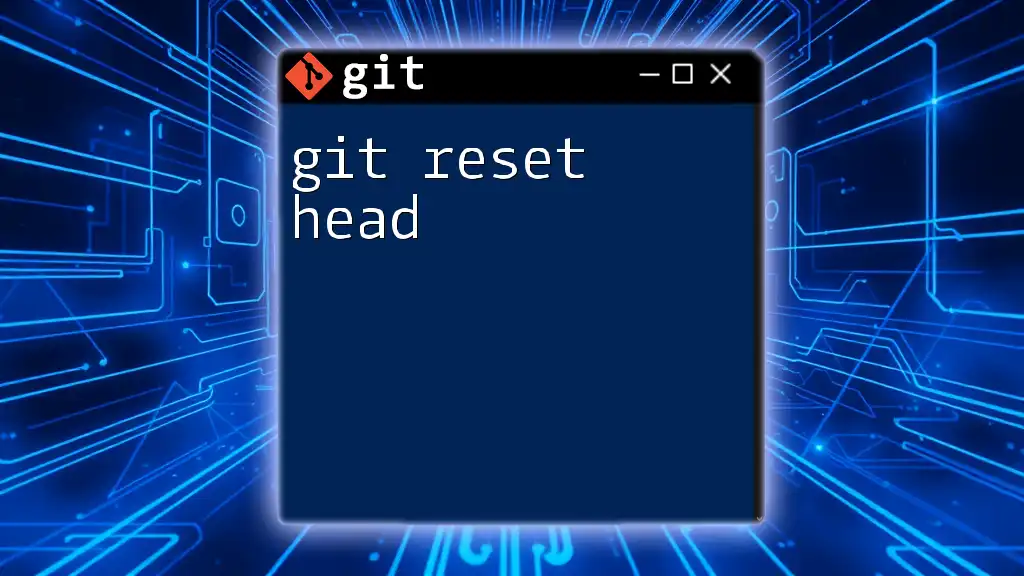
Recognizing the Error
Symptoms of the Bad Tree Object HEAD
It's crucial to recognize the git bad tree object head error promptly to address it effectively. The typical error message looks like this:
fatal: bad tree object <object_id>
This output signifies that Git cannot locate or access the tree object linked to your HEAD reference. As a result, you may be unable to check out branches, make new commits, or even run certain Git commands.
Example of the Error Message
When attempting an action within the repository, you might see an output similar to:
fatal: bad tree object 8be9d8c2b81c2e2c8a2f1c9784d9d7f520a60393
This detailed error informs you that the specific tree object (identified by `<object_id>`) is corrupted or inaccessible.
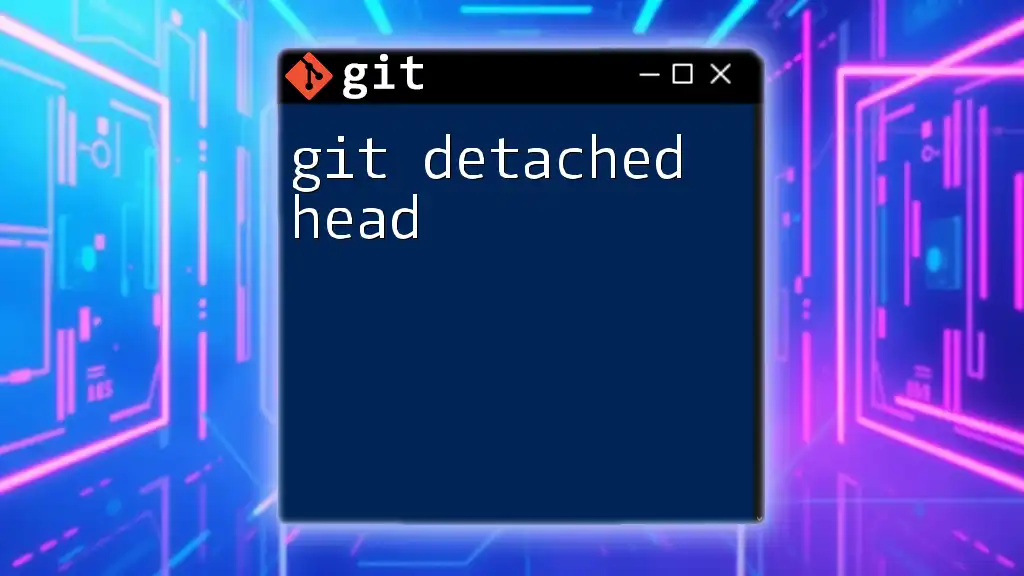
Diagnosing the Issue
Examining Your Repository
To begin addressing the bad tree object HEAD error, you should inspect the integrity of your repository. The `git fsck` command is a powerful tool for diagnosing potential issues. Run the following command in your terminal:
git fsck
This command checks the object database for integrity and connectivity. If any issues, such as missing or corrupt objects, are detected, the command will list them.
Checking the HEAD Reference
The next step involves verifying the HEAD reference to ensure it points to a valid branch or commit. You can check the current state of your HEAD by running:
cat .git/HEAD
This command will display the current reference. It should look something like:
ref: refs/heads/main
If it points to an invalid or non-existent branch, you’ll need to correct this to resolve the error.
Inspecting Tree Objects
Utilizing the `git cat-file` command allows you to investigate specific objects, including trees. To check the type and contents of the object causing the issue, you can use:
git cat-file -t <object_id>
Replace `<object_id>` with the one specified in the error message. This command helps you ascertain whether the object exists and is accessible.
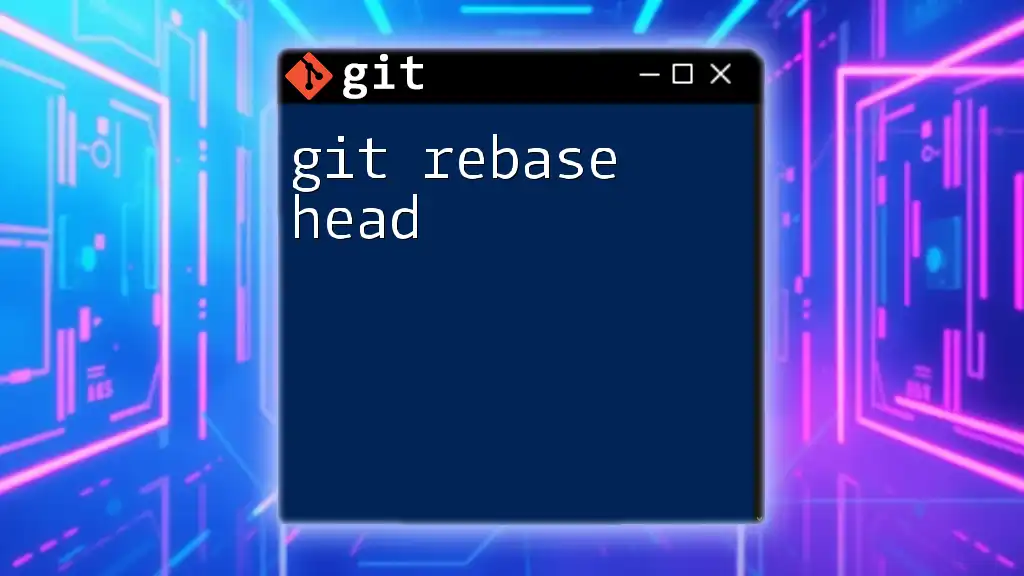
Common Solutions to Fix Bad Tree Object HEAD
Restoring from the Refs Directory
If you find that the HEAD reference is misconfigured, you can restore it from the refs directory. Navigate to `.git/refs/heads` and check if the branch files exist. If a branch file seems corrupted or missing, manually replace it by restoring from a backup if available.
Replacing A Corrupted Object
In many cases, you can replace a corrupted object with a valid one. If you have determined the commit hash to which you'd like to revert, you can use the following command:
git checkout <commit_hash>
This checks out the good commit and automatically resets the current branch to the specified commit's tree structure, effectively bypassing the issues caused by the bad tree object.
Resetting the HEAD
When the HEAD is misaligned or pointing to a corrupted object, resetting it can often solve the problem. By using:
git reset --hard <commit_hash>
you forcefully reset your working tree to match the specified commit. Be cautious, as this command may discard uncommitted changes in your working directory.
Cloning the Repository Again
If troubleshooting does not resolve the error and the repository remains corrupted, consider cloning it anew. This approach can help circumvent errors caused by local issues. Use:
git clone <repository_url>
This action will create a fresh copy of the repository without the corrupted objects.
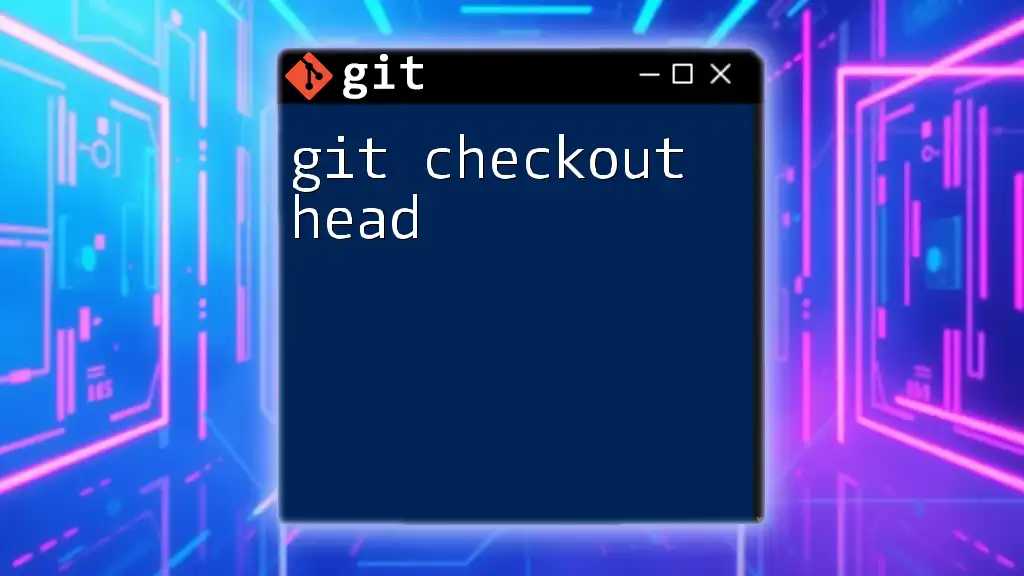
Preventative Measures
Best Practices for Repository Maintenance
To avoid encountering the git bad tree object head error in the future, consider these best practices:
- Regularly run `git fsck` to check the integrity of your Git repository.
- Avoid abrupt shutdowns or disruptions during Git operations.
- Use commands carefully, especially when manipulating .git directory files.
Regular Backups and Checkpoints
Implement a workflow that includes periodic backups and commits. Establish regular intervals for pushing changes to remote repositories, ensuring you have recovery points if issues arise.
Working with Remotes
Utilizing remote repositories effectively can provide an added layer of safety. Always pull changes from the remote repository as necessary and use branches strategically to avoid conflicts.
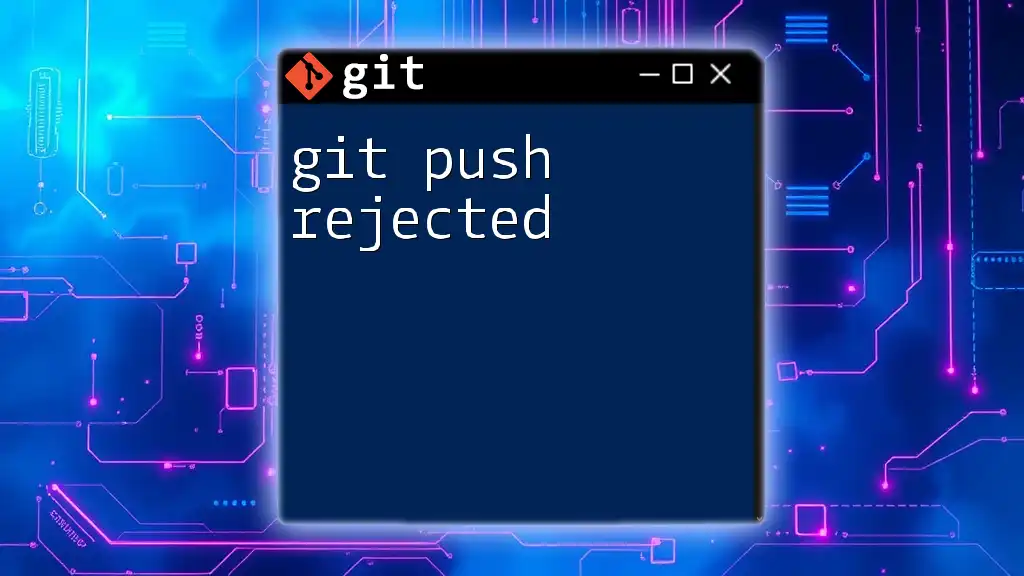
Conclusion
Encountering the git bad tree object head error can be frustrating, but understanding its causes and learning how to troubleshoot the problem equips you with the knowledge needed to manage your Git repositories effectively. By following the solutions and preventative measures outlined in this guide, you can maintain a healthy repository and minimize the risk of similar issues in the future.
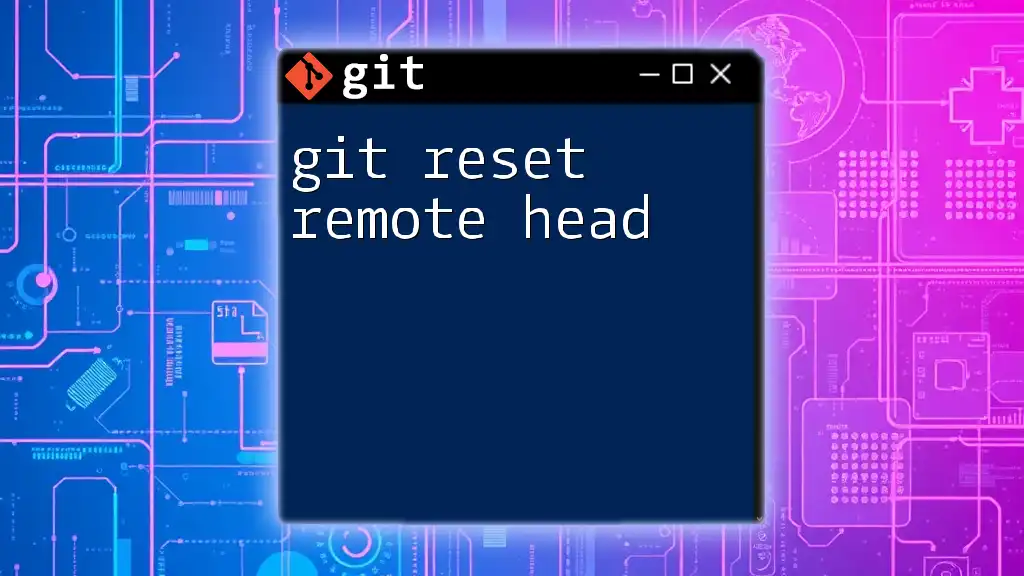
Additional Resources
Recommended Reads
For further in-depth reading on Git and its inner workings, check out books and online resources that focus on version control systems.
FAQs
Don't hesitate to explore sections on frequently asked questions related to Git errors, as they can provide quick solutions and insights.
Community Help
When in doubt, consider joining online Git communities or forums such as Stack Overflow. These platforms can be invaluable for troubleshooting specific issues and gaining insights from other developers experiencing similar challenges.

